Circa 2019
Once a flight of fantasy, recent advances mean that satellites, astronauts and even tourists could soon get a quick lift into space.
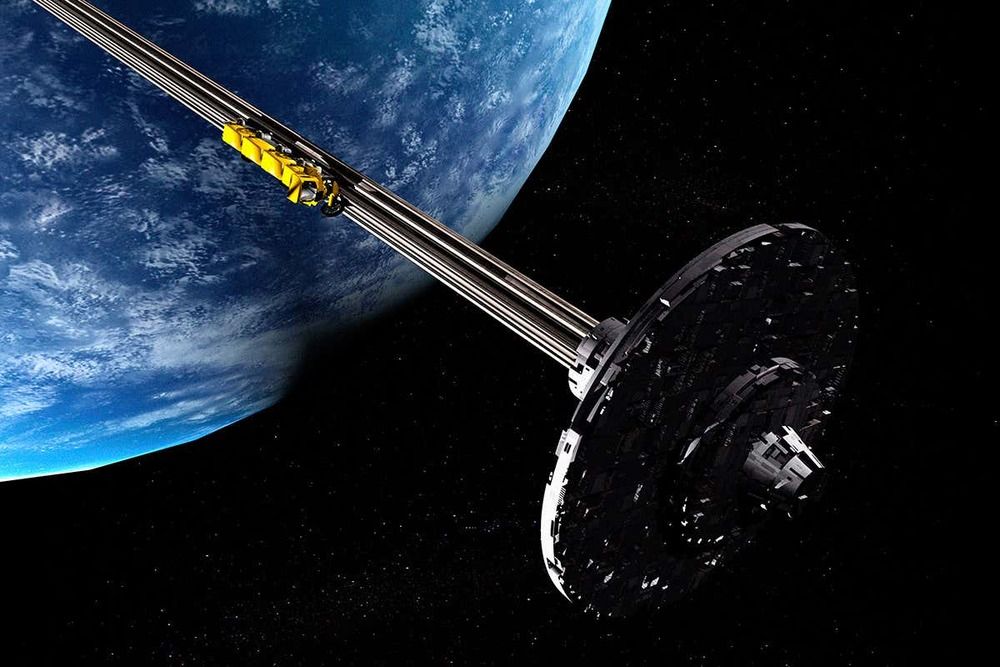
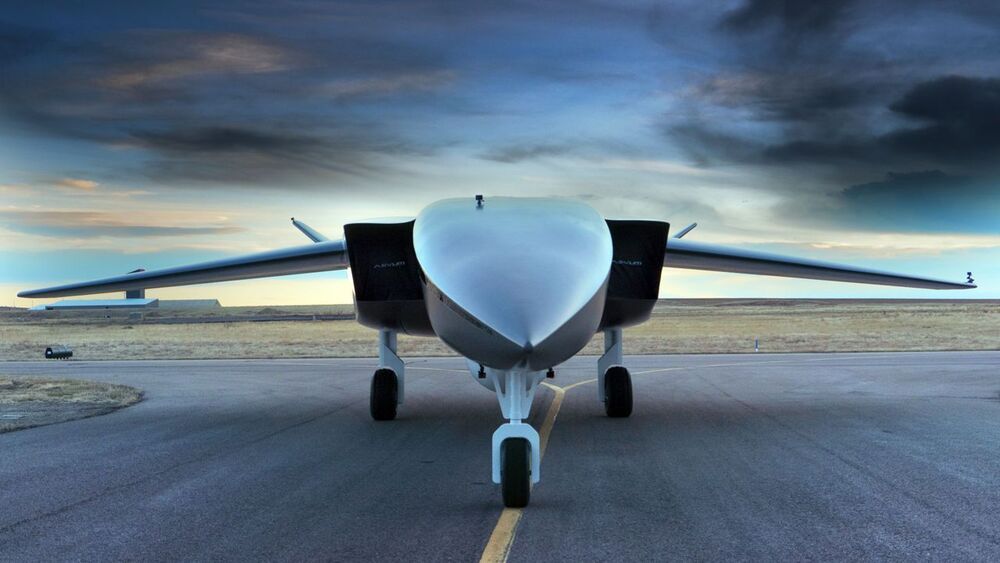
Given the possibility of orbital debris, space warfare will be different from what we imagine it to be (from Star Wars and Call of Duty). Watch this video to find out what it will look like!
*Note: I spelled the word “deficit” wrong in my subtitles. Guess I was too sleepy.
Space warfare is often depicted as battleships and marines fighting each other. Yet, in this video, I will talk about how the future of space warfare has more to do with satellites, orbital debris, and cyber warfare.
Discord Link: https://discord.gg/brYJDEr.
Patreon link: https://www.patreon.com/TheFuturistTom.
Please follow our instagram at: https://www.instagram.com/the_futurist_tom.
For business inquires, please contact [email protected].
Editor credits (Velinix):
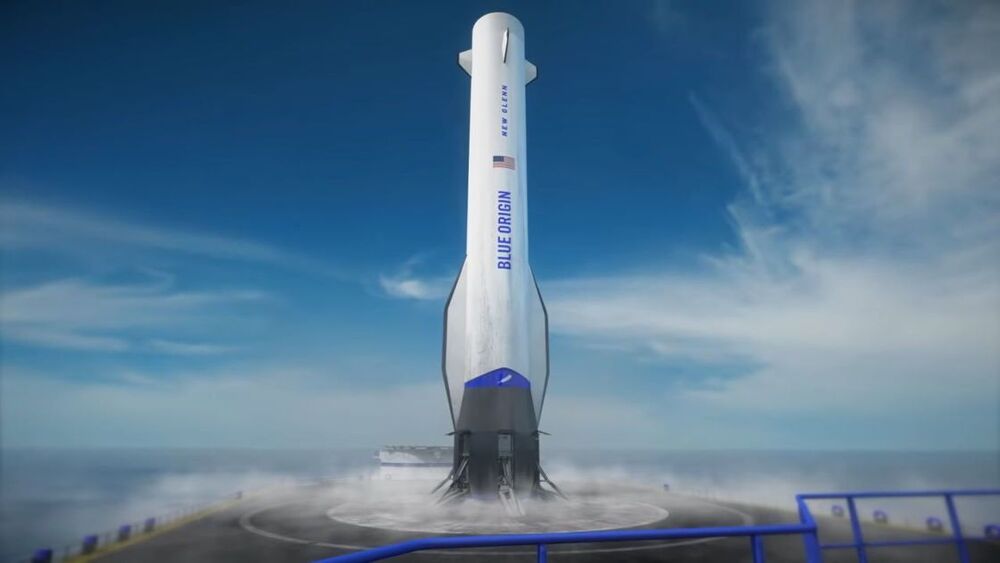
NASA ability to launch cargo and humans into space has become much easier private companies got involved, and now another American company has been approved by the agency to handle its space deliveries.
This week, Jeff Bezos’ company Blue Origin was awarded a NASA Launch Services (NLS) II contract. It means Blue Origin’s New Glenn reusable launch service can and will be used for a range of missions, including launches for planetary, Earth observation, exploration, and scientific satellites.

A startup with a new type of spacecraft propulsion system could make the interplanetary travel seen in Star Trek a reality. Magdrive has just closed a £1.4M seed round led by Founders Fund, an early investor in SpaceX, backed by Luminous Ventures, 7percent Ventures, and Entrepreneur First.
Magdrive is developing a next generation of spacecraft propulsion for small satellites. The startup says its engine’s thrust and efficiency are a “generational leap” ahead of any other electrical thrusters, opening up the space industry to completely new types of missions that were not possible before, without resorting to much larger, expensive and heavier chemical thrusters. It says its engine would make fast and affordable interplanetary space travel possible, as well as operations in Very Low Earth orbit. The engine would also make orbital manufacturing far more possible than previously.
Existing electrical solutions are very efficient but have very low thrust. Chemical thrusters have high thrust but lack efficiency and are hazardous and expensive to handle. Magdrive says its engine can deliver both high thrust and high efficiency in one system.


The satellites Blue Canyon developed for DARPA’s Blackjack program — based on the company’s commercial X-SAT bus — passed a critical design review.
WASHINGTON — Small satellite manufacturer Blue Canyon Technologies has been cleared to produce its first two satellites for the Defense Advanced Research Projects Agency’s Blackjack program, the company announced Dec. 14.
DARPA plans to deploy up to 20 spacecraft in low-Earth orbit that will be connected by optical inter-satellite links and provide communications, missile tracking and navigation services.
Blue Canyon in July won a $14.1 million contract to manufacture four satellites, with options worth $99 million for up to 20 satellites.
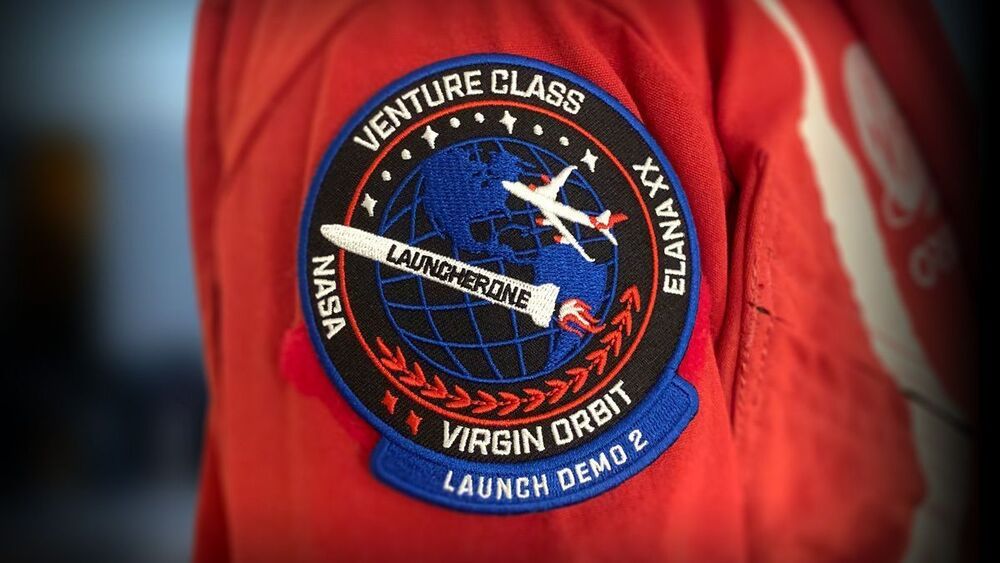
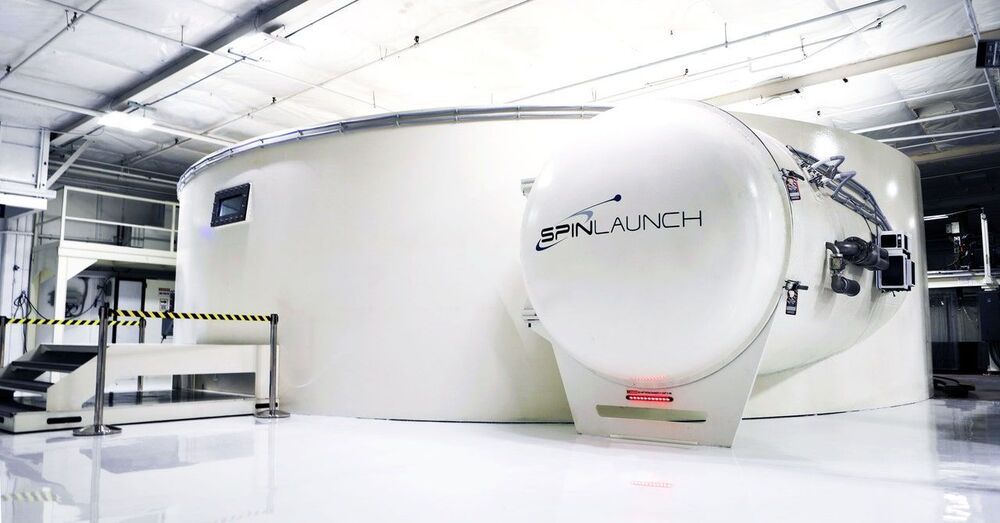

National Geographic magazines and Indiana Jones movies might have you picturing archaeologists excavating near Egyptian pyramids, Stonehenge, and Machu Picchu. And some of us do work at these famous places.
But archaeologists like us want to learn about how people from the past lived all over the planet.
We rely on left-behind artifacts to help fill out that picture. We need to excavate in places where there’s evidence of human activity – those clues from the past aren’t always as obvious as a giant pyramid, though.